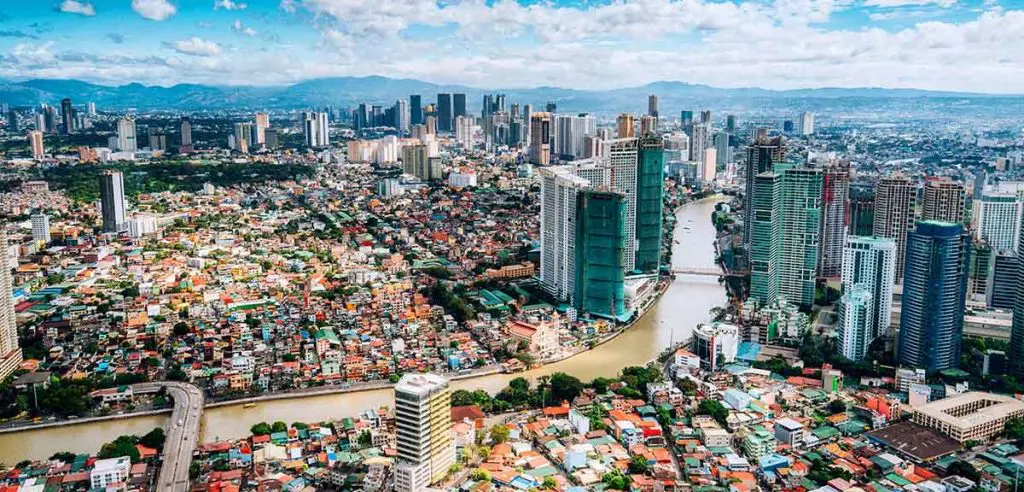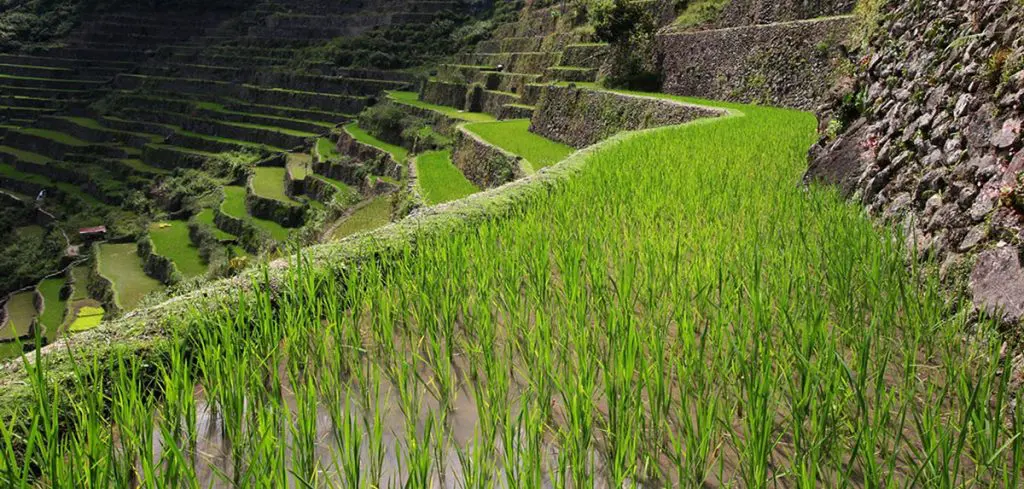What to visit in the Philippines
The Philippines is a great place to travel. There are many interesting places here, and therefore it requires a trip, apart from the classic route, which is done through Southeast Asia.
In fact, if you don’t have a lot of time, it’s impossible to cover all of the Philippines and its beauty in one trip, so the door is open to return. Today we will stop at the northern Philippines and in the sketch a slightly longer route.
The Philippines is a large collection of islands, so there are different landscapes: wet mountains, rice terraces, mighty rivers, white sand beaches and crystal clear waters … They are a little more than seven thousand islands and many believe that they offer the best places for of diving in the world.
The proposition is that when you don’t know the Philippines, you wonder where to start. It will always depend on the time you have. The more the merrier, but obviously it’s not the usual thing. That is why today we are going to run a little about beaches, islands and scuba diving and we will go to the Northern Philippines, a good start to know this special and friendly country.
The journey begins in Manila, the capital.
It cannot be otherwise, because for us, Spanish speakers, there is a lot of Spain here. The architect, some of the names, everything reminds of her Latin American past. Most tourists use Manila as a springboard for other destinations, but being the capital, you can spend a couple of days exploring it.

What are the recommended attractions?
La The walled city left over from the old Spanish Empire, Intramuros. It has cobbled streets, churches and European-style houses. Getting lost here is worth it. Fort Santiago from the XNUMXth century This is another interesting place that is occupied by the Spanish, the English, the Americans and the Japanese. Today it is a museum.
La Church of San Agustin houses a museum and is the oldest church in the country. It’s here in Intramuros and it’s a World Heritage Site. Closer to the coast is Malecón Manila, the best place to watch the sunset. It is two kilometers long, surrounded by palm trees, with vendors and traveling musicians. Rizal Park A beautiful outdoor space in the heart of the city, its monuments include paths, statues and a lot of history.
For some cheap shopping there’s Divisoria Market, in the heart of Chinatown, but if you want something more modern, there’s Manila Super Mall. If you don’t want to visit certain places, you can rent a bike or sign up for a bike tour. Ecotours Bambike This is a great option, as it is a bicycle handmade by local residents, with bamboo. Do not forget!

Northern Luzon is decorated with rice terraces.
UNESCO has declared them a World Heritage Site and thus they attract tourists, but they tend to stay there and not go a bit further. If you want to see equally beautiful scenery, but without so many people, then you will have to visit other rice fields that are not like Banaue. You arrive after driving another hour, climbing the mountain. Here is the precious Rice Terraces of Batad.
And since you came here, the ideal is to stay the night. Houses are built on the terraces themselves, for example, “Batad Transitional House” with breakfast included. There are waterfalls nearby that are great for cooling off the next day. As we said, north of Luzon you arrive by bus.
Also to the north is something you’ve probably seen in a documentary: coffins scattered on rocks, the famous coffin saga. It turns out that the tribes in this part of the Philippines keep their dead in coffins that fasten the walls of the rock, bringing them closer to heaven. Although this is a custom that has been somewhat lost, there are still coffins there. It can be reached by bus from Banaue, on buses going to Baguio.
Baguio is a Philippine city in the mountains, far north on the island of Luzon. It was founded by the Americans in 1909 and for a long time was the seaside city of the country. The summer here is cool and mild, not stifling at all. 250 kilometers from Manila. There are some attractions such as the market, the botanical garden, the cathedral or the official presidential residence.
Here is the highest mountain in Luzon, which is almost 3,000 meters high, Mount Pulag.
You now have a clear path to continue your journey and fly to the southern Philippines. A good route can go from the north of Luzon to Siargao Island, for example, the national capital of surfing, in the Mindanao region. In the central part of the Philippines is Boracay, the ultimate destination: its four-kilometer beach is a dream, it has restaurants, hotels and nightlife.
Finally, I can not stop mentioning Coron, in the province of Palawan, with its fantastic rock formations and turquoise lagoons. It also has countless shipwrecks, especially Japanese ones from World War II, so just a 20-minute boat ride from the coast is an underwater paradise.
